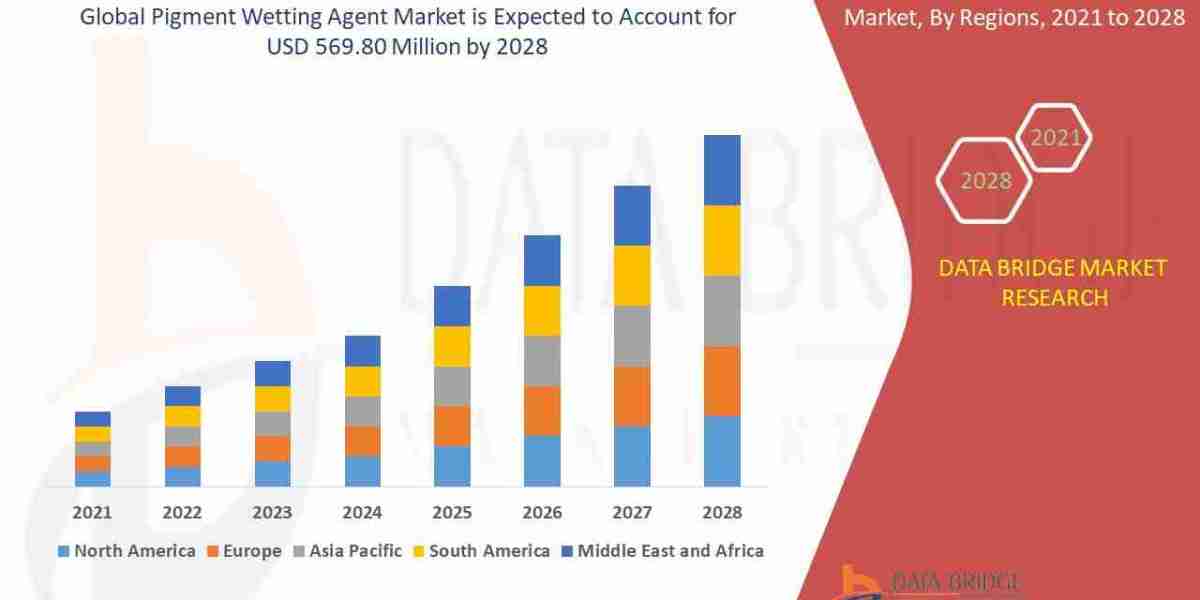Interior design and fit out projects in Dubai reflect the city's unique blend of modern innovation and cultural heritage. Whether for residential, commercial, or hospitality spaces, these projects involve more than just aesthetics. They require careful planning, execution, and a deep understanding of local trends, building regulations, interior design and fit out company.
Let’s explore the core elements that make these projects successful in Dubai’s dynamic environment.
Understanding the Scope of Interior Design and Fit Out
Defining Interior Design and Fit Out
Interior design focuses on enhancing the interior space through layout, color, furniture, and décor. Fit out refers to the process of making interior spaces suitable for occupation by adding flooring, ceilings, partitions, and MEP (Mechanical, Electrical, and Plumbing) services.
Differences Between Shell & Core and Fit Out Works
In Dubai, many commercial spaces are delivered as “shell and core,” meaning basic structural components are present, but interiors are unfinished. Fit out works transform these spaces into functional environments, tailored to specific purposes.
Why Scope Definition Matters
Clearly defining what is covered under interior design versus fit out is crucial to project success. It sets expectations, avoids scope creep, and ensures all stakeholders are aligned from the start.
Planning and Compliance with Dubai Regulations
Importance of Local Approvals
Dubai has strict construction and interior guidelines. Approvals may be required from entities like Dubai Municipality, Civil Defence, and Trakhees. Projects that ignore regulations can face delays and penalties.
Sustainable and Green Building Codes
Dubai promotes sustainability through initiatives like the Al Sa’fat Green Building System. Incorporating eco-friendly materials and energy-efficient systems during design and fit out is now a common practice.
Role of Project Documentation
Documenting every phase, from concept design to final execution, is vital. It ensures compliance and facilitates smoother approval from authorities.
Design Strategy and Space Optimization
User-Centric Design
Understanding how occupants will use the space is fundamental. Whether it's an office that supports productivity or a retail space that enhances customer experience, user behavior should guide design decisions.
Maximizing Space in Dubai’s Real Estate Market
Given the premium on real estate in areas like Downtown Dubai or Business Bay, interior designers often focus on multi-functional layouts, smart storage solutions, and ergonomic designs.
Blend of Aesthetics and Functionality
Successful designs in Dubai balance form with function. This means blending luxury materials and modern tech with practical layouts, especially in commercial or hospitality fit outs.
Choosing the Right Materials and Technology
Materials Suited for Dubai’s Climate
Materials must withstand high temperatures, humidity, and dust. This makes choices like porcelain tiles, UV-resistant coatings, and moisture-resistant paints more common in the region.
Incorporating Smart Technologies
Dubai’s growing interest in smart homes and offices has made tech integration a key element in fit out projects. Automated lighting, climate control, and security systems are frequently installed during the fit out phase.
Quality Over Cost-Saving
While cost control is important, using substandard materials can lead to future maintenance issues. Durable materials and reliable systems reduce long-term operational costs.
Project Management and Timely Execution
Importance of a Project Timeline
Well-structured timelines help coordinate multiple teams such as designers, electricians, plumbers, and carpenters. It also ensures that project milestones are met without delay.
Communication Between Stakeholders
From landlords and consultants to contractors and clients, regular communication keeps everyone informed. It helps resolve design changes, budget issues, or delays effectively.
Budgeting and Cost Control
Transparent budgeting avoids overspending. A detailed bill of quantities and scope of work document allows for realistic cost estimation and helps track changes.
Post-Fit Out Handover and Maintenance Planning
Final Inspections and Snagging
Before handover, inspections ensure everything meets design intent and regulatory standards. A snag list (list of minor defects) is created and addressed before final sign-off.
Facility Management Integration
Planning for facility management during the design stage can simplify future maintenance. This includes easy access to HVAC systems, plumbing lines, and electrical panels.
Documentation and Warranties
Proper documentation, including as-built drawings, operation manuals, and warranties, supports smooth operation and future upgrades.
The Dubai Advantage in Interior Design and Fit Out
Dubai offers a rich landscape for innovative design. With diverse cultures, world-class architects, and ambitious developments, the city is a hub for cutting-edge fit out and interior projects.
However, success depends on aligning creativity with compliance, using durable materials, integrating technology, and managing every step with precision.
Conclusion
Interior design and fit out projects in Dubai are complex but highly rewarding when managed correctly. The key elements — from clear scope definition and regulation compliance to thoughtful design and professional execution — shape not just the look of a space but also its performance and longevity.
Understanding these core principles helps ensure that every project is functional, sustainable, and aligned with Dubai’s dynamic urban environment.








